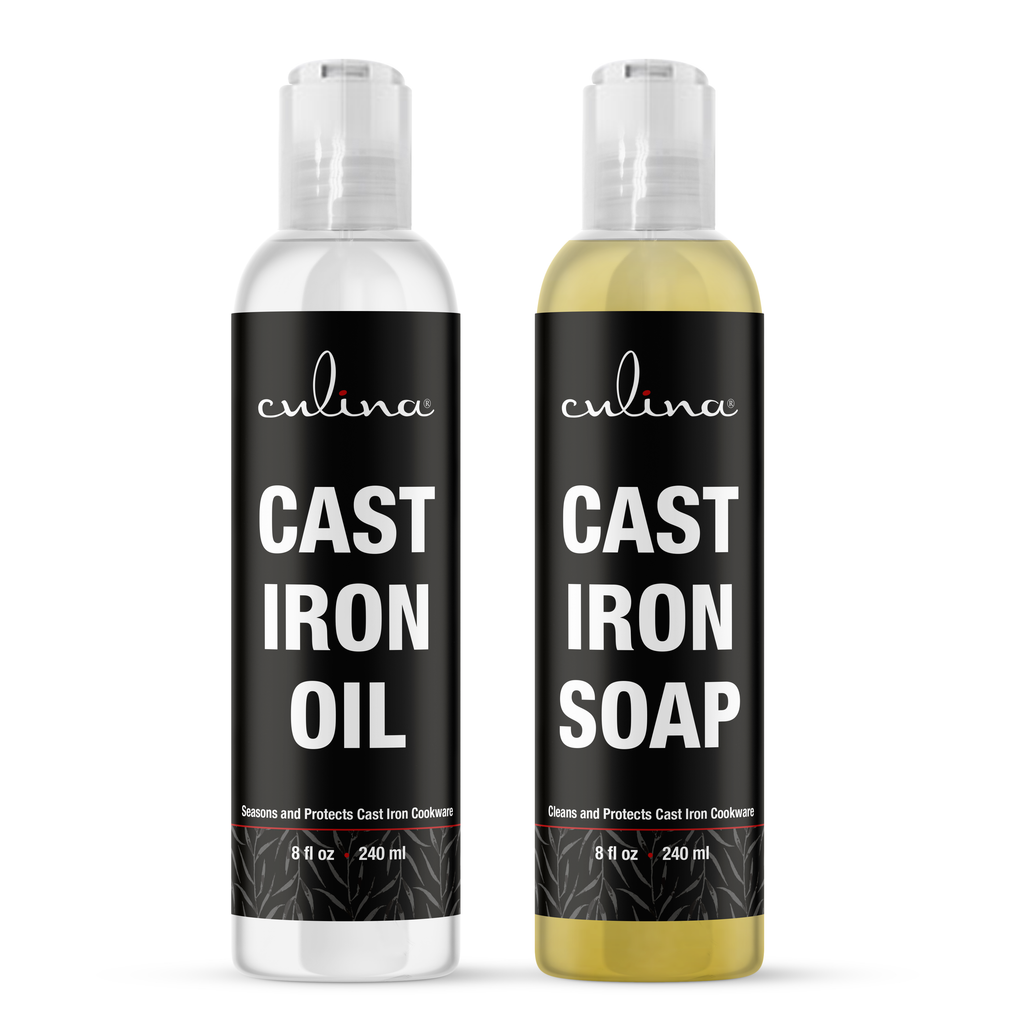How to Make Sunflower Oil at Home: Is It Worth It?
Have you ever wondered how to make sunflower oil at home? As beauticians increasingly seek natural and organic alternatives, the popularity of sunflower oil is on the rise. This oil isn't just a staple in kitchens but also boasts numerous benefits for skin and hair.
In this comprehensive guide, we will demystify the process of making sunflower oil at home and explore its incredible benefits for beauty and health. With detailed instructions and personal anecdotes from those who have successfully created their own sunflower oil, you'll find everything you need to take this journey.

What Is Sunflower Oil?
Sunflower oil is derived from sunflower seeds and is praised for its light texture, pleasant aroma, and rich nutrient profile. It's high in vitamin E and low in saturated fats, making it an ideal choice for cooking as well as the beauty industry. Let's delve into why you should consider making it yourself.
Key Benefits of Sunflower Oil
Apart from being a versatile cooking oil, sunflower oil offers several benefits:
- Moisturizing Properties: Sunflower oil acts as a natural moisturizer, making it perfect for skincare products.
- Anti-inflammatory: Its anti-inflammatory properties make it ideal for treating various skin disorders.
- Rich in Antioxidants: Sunflower oil helps in combating free radicals, thus preserving skin health.
To learn more about the beauty benefits of sunflower oil, check out this article.

Essential Tools for Extracting Sunflower Oil
To start your journey on how to make sunflower oil at home, you will need some basic tools:
- Sunflower Seeds: Fresh, organic sunflower seeds are essential.
- Seeds Roaster: A roaster is required to prepare the seeds.
- Oil Press: An oil press or expeller will help extract maximum oil.
- Filtering Cloth: A fine cloth is needed for filtering the oil after extraction.
Steps on How to Make Sunflower Oil at Home
Step 1: Prepare the Sunflower Seeds
Start by cleaning the sunflower seeds. Remove any debris and rinse them thoroughly. Dry the seeds completely to prevent moisture from affecting the oil.
Step 2: Roast the Seeds
Roasting enhances the flavor and increases oil extraction. Spread the seeds in a single layer on a baking tray and roast them at a low temperature (around 120C or 250F) for about 30 minutes.
Step 3: Use the Oil Press
Once the seeds are roasted, transfer them to the oil press. Follow the manufacturer's instructions to operate the press. The oil will start to flow out, and be sure to collect it in a clean container.
Step 4: Filter the Oil
After extraction, filter the oil using a fine cloth or cheesecloth to remove any solid residues. This ensures that the oil is pure and ready for use.
Step 5: Store the Oil Properly
Transfer the filtered sunflower oil into a dark glass bottle and store it in a cool, dark place to maximize its shelf life.

Is It Worth Making Sunflower Oil At Home?
Creating your own sunflower oil has its advantages. The process allows you more control over the quality, and you can avoid additives present in store-bought oils. Moreover, it can be fun and rewarding. However, considerations include the labor and time required for extraction.
Additional Uses of Sunflower Oil in Beauty
Beyond cooking, sunflower oil's versatility extends to beauty treatments:
- Makeup Remover: Effective in removing makeup without stripping skin moisture.
- Carrier Oil: Can be blended with essential oils for massages and aromatherapy.
- Hair Treatment: Condition and nourish hair by applying sunflower oil as a pre-shampoo treatment.
Frequently Asked Questions
1. Can Sunflower Oil Be Used for Cooking?
Yes, neutral in flavor and high in smoke point, sunflower oil is perfect for frying and sauting.
2. How Long Does Sunflower Oil Last?
When stored properly, sunflower oil can last for up to a year. For further details, see this article.
3. What Are the Nutritional Benefits of Sunflower Oil?
It's rich in healthy fats, vitamin E, and other nutrients beneficial for skin and overall health.
For more on sunflower oil's nutritional profile, visit this link.
As an Amazon Associate, I earn from qualifying purchases.

